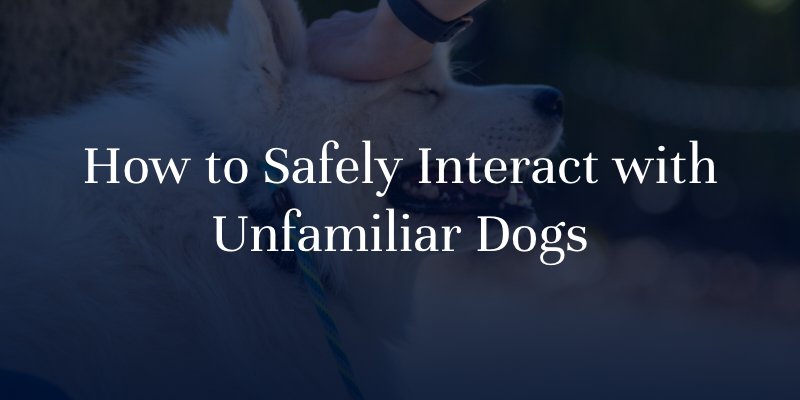
Approaching unfamiliar dogs can be a nerve-wracking experience, especially if you are not familiar with dog behavior and body language. However, with the right knowledge and approach, you can reduce the risk of being bitten and have a safe and enjoyable interaction. Here are some tips on how to safely interact with unfamiliar dogs.
#1: Ask for the Owner’s Permission
The first and most important step when approaching an unfamiliar dog is to ask the owner’s permission. Not only is this a polite thing to do, but it also allows the owner to let you know if his or her dog is friendly or if it has any special needs or behavior issues.
If the owner gives you the green light, approach the dog slowly and calmly. Avoid direct eye contact, which can be perceived as a threat.
#2: Read the Dog’s Body Language
Once you have approached the dog, take a moment to read their body language. A relaxed dog will have a loose body, a wagging tail, and relaxed ears. On the other hand, a dog that is feeling scared, nervous, or aggressive may have a stiff body, growling, baring teeth, or a tail that is tucked between its legs. If you see any signs of aggression or fear, do not approach the dog—the animal might bite or attack if it feels threatened.
#3: Let the Dog Approach You First
Don’t reach out to pet the dog, as this can be seen as a threat. Instead, let the dog sniff you and get to know you. If the dog seems interested, slowly lift your hand and let it sniff it. If the dog shows no interest or seems scared or agitated, back away and leave the dog alone.
#4: Pet the Dog Properly
Once the dog has sniffed you and seems relaxed, you can start petting them. The best place to pet a dog is under its chin, and on the chest, neck, shoulder, or side.
Avoid petting a dog on the top of its head or behind its ears, as this can be uncomfortable for some animals. Also, avoid petting a dog too hard or too fast, as this can be perceived as rough play and can make it uncomfortable.
#5: Know When to Stop Petting
It’s important to know when to stop petting a dog, even if it seems to be enjoying it. If the dog starts to fidget, pull away, or growl, it’s time to stop and give it some space. It’s also a good idea to avoid petting a dog for too long, as the animal may become provoked.
What to Do If You Are Bitten by an Unfamiliar Dog
Despite your best efforts, an unfamiliar dog can attack. If you are bitten by an unfamiliar dog, it is important to take the following steps:
- Clean the wound immediately with soap and water.
- Apply pressure to stop any bleeding.
- Visit a doctor to get the wound checked and treated for infections.
- Report the bite to the local animal control authorities.
- Get the dog’s owner’s contact information and any information about the dog’s health and vaccination history.
Then, contact a Washington dog bite attorney as soon as possible. You may be able to pursue legal action against the dog’s owner and recover financial compensation for any damages related to the bite. Contact a lawyer immediately following the incident to discuss your case and plan your next steps.
